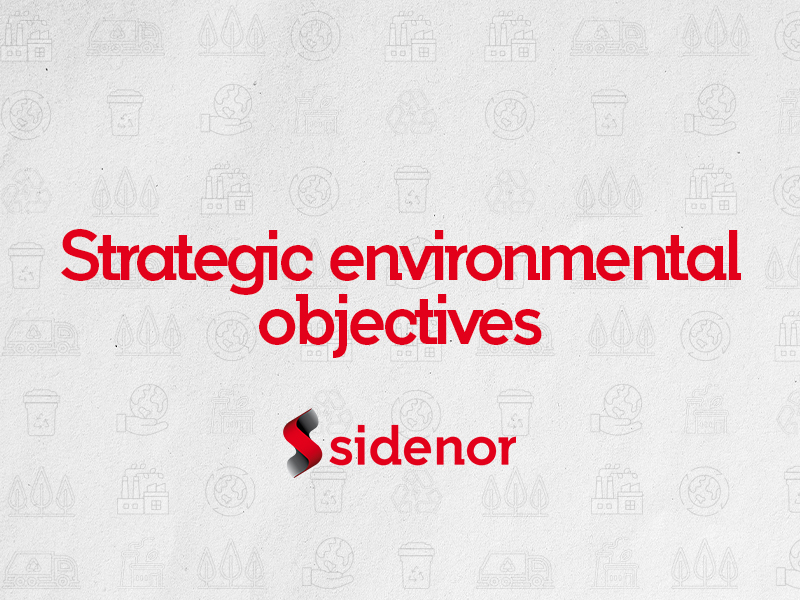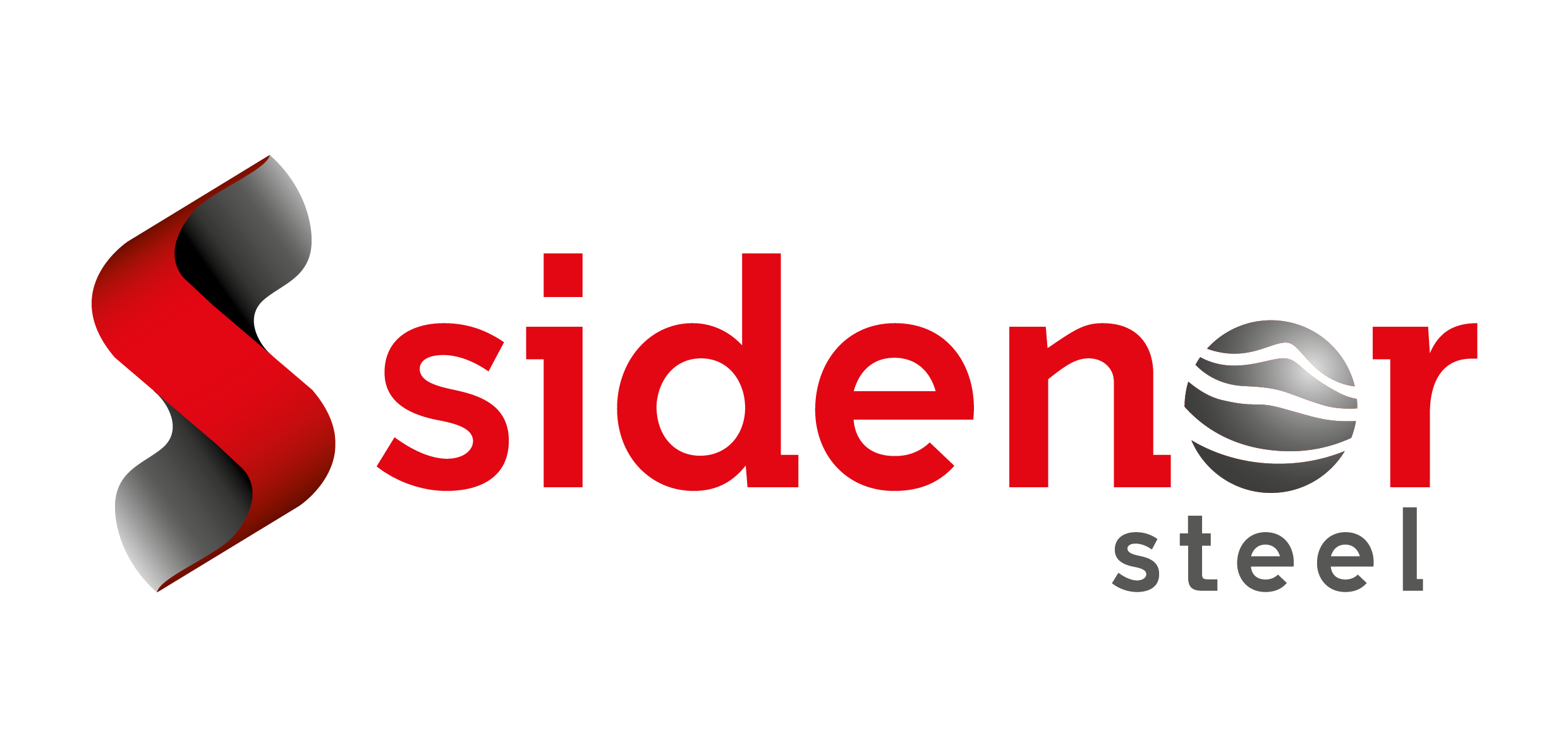
Our environment is continuously changing, and the future success of each company will depend on its adaptive capacity. Currently, one of the main transformation drivers is the increasing environmental awareness, which translates into increasingly demanding policies, new consumption models and, finally, the modification of traditional production means and markets.
Within the process of adapting to this new reality, and taking the “Climate Change” and “Circular Economy” working lines as a reference, around which the new policies, opportunities and risks for our business will be articulated, Sidenor has decided to take a step forward defining its environmental position.
Making objectives available to the public is a challenge in terms of transparency and commitment, as part of our bet on increasingly sustainable processes and products.
1- Climate Change
The reduction in our carbon footprint is one of our main social and business challenges. In the coming years, the environmental behaviour of our products will be a key competitiveness factor to satisfy the requirements of our customers and the financial markets.
In order to reach this objective, Sidenor has developed a decarbonisation strategy, whose first step was to conclude a 10-year renewable energy supply agreement, for 50% of its consumption.
- Climate change objectives: Sidenor has committed to reaching climate neutrality by 2050 and, as intermediary challenges, to a 50%-reduction in greenhouse gases by 2025, and a 60%-reduction by 2030.
One of the priority actions will be the total or partial replacement of natural gas by H2 in our production processes. For this purpose, we are already part of the group of companies which have joined the “H2 Basque Corridor” promoted by Petronor.
2- Circular Economy
Electric furnace steelmaking is a highly circular business, as steel can be indefinitely recycled and goes back in the process as our main raw material: scrap.
Although Sidenor will address this topic in various working areas (product eco-design, efficient use of resources, etc.), the annual percentage of valorised waste has been selected as the key indicator of our circular economy strategy. We will thus address one of the major concerns of our environment.
- Circular economy objectives: Sidenor has committed to reaching 90% waste valorisation by 2025 and 95% by 2030. We are developing strategies aiming at reducing waste generation and increasing its reuse and/or recycling.
All together, we will make these objectives a reality which will enable us to maintain our leadership in the market.



